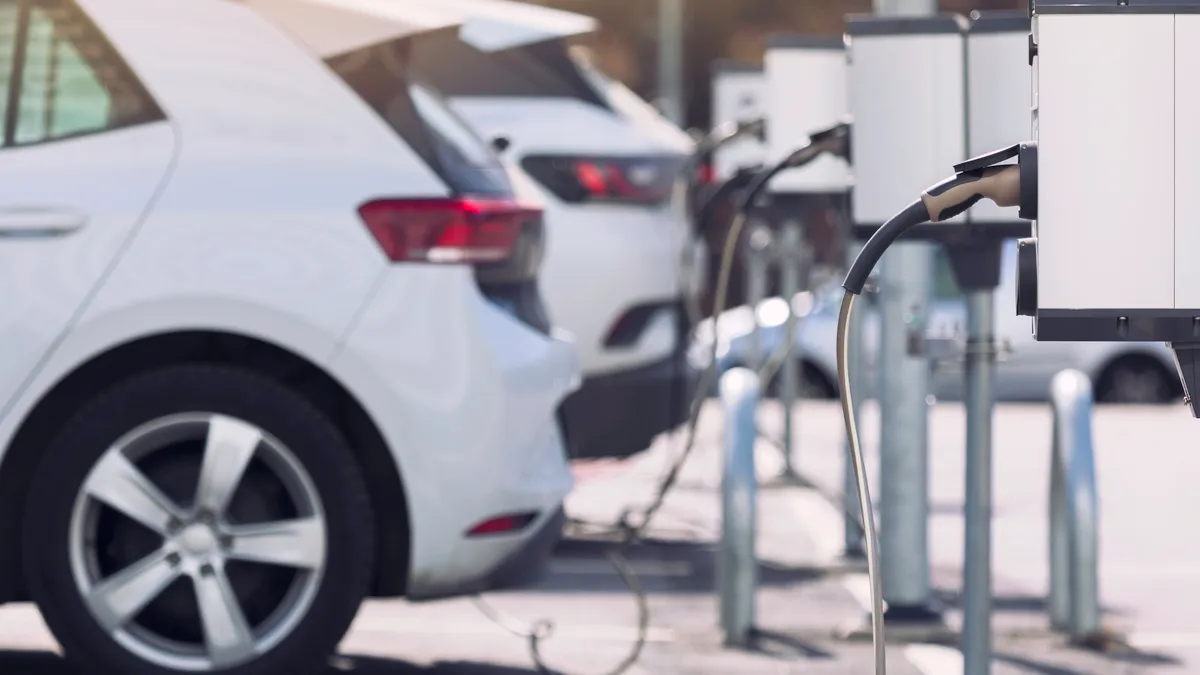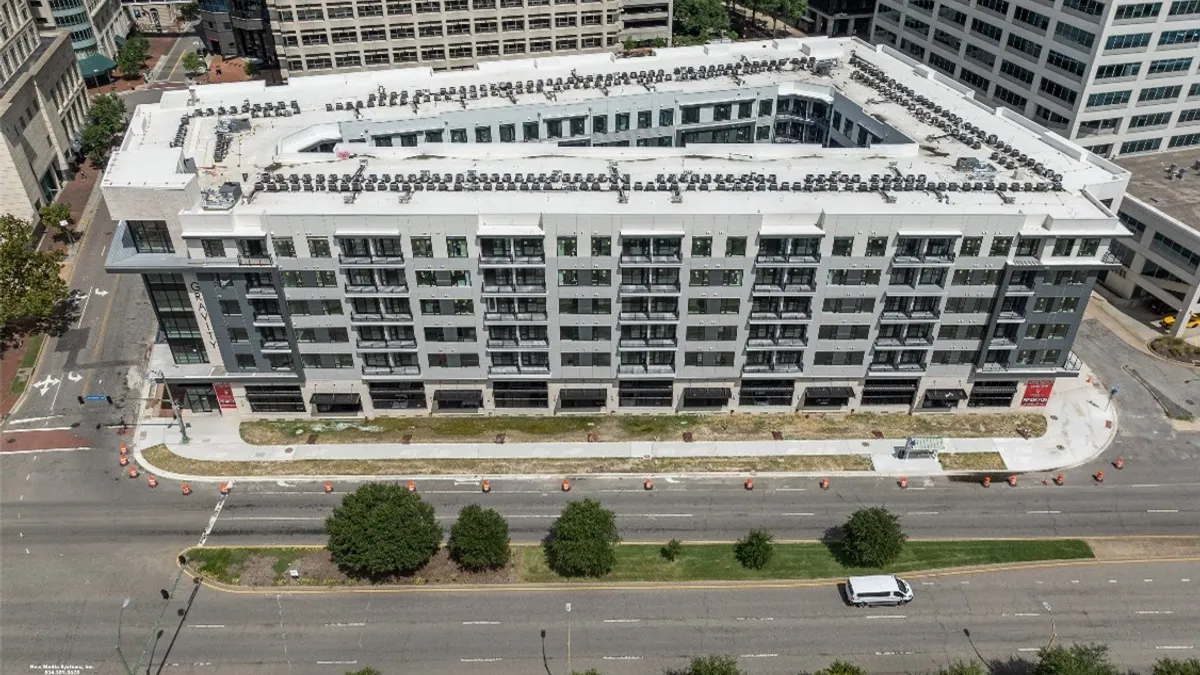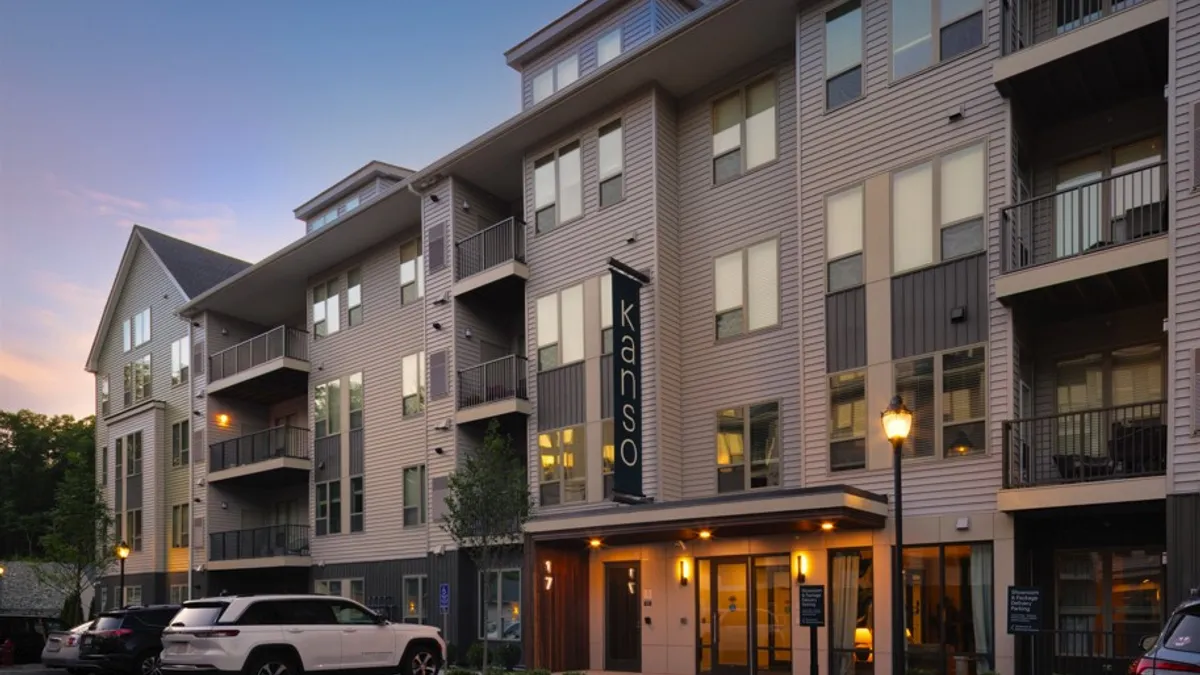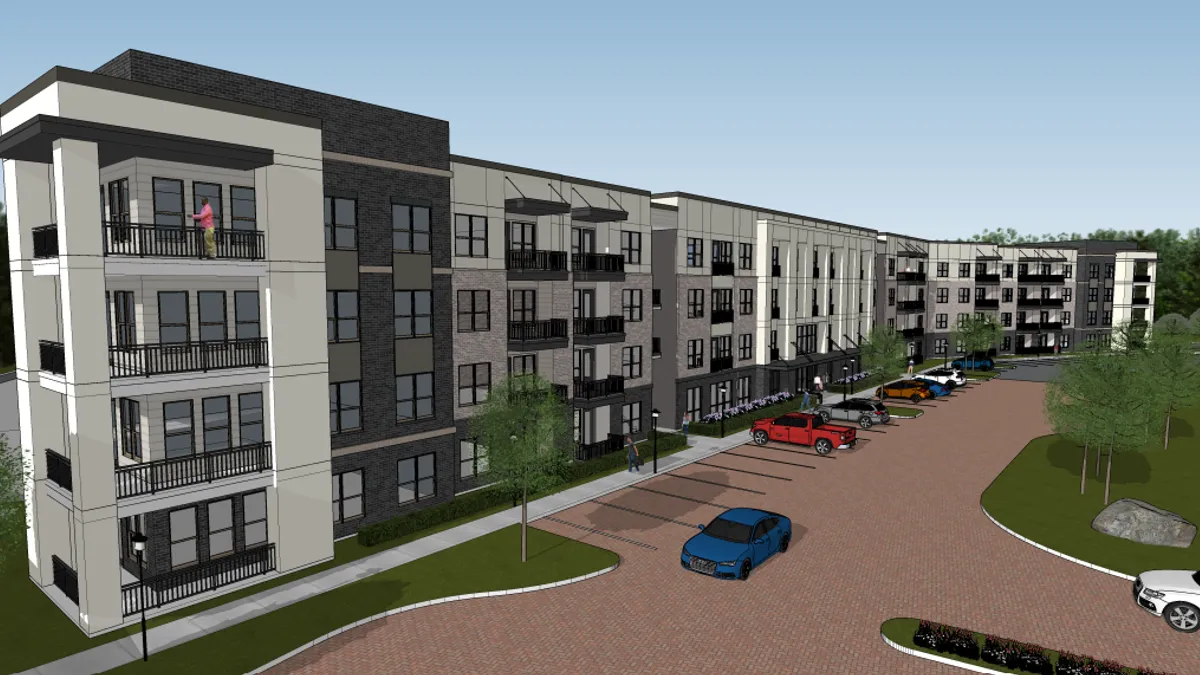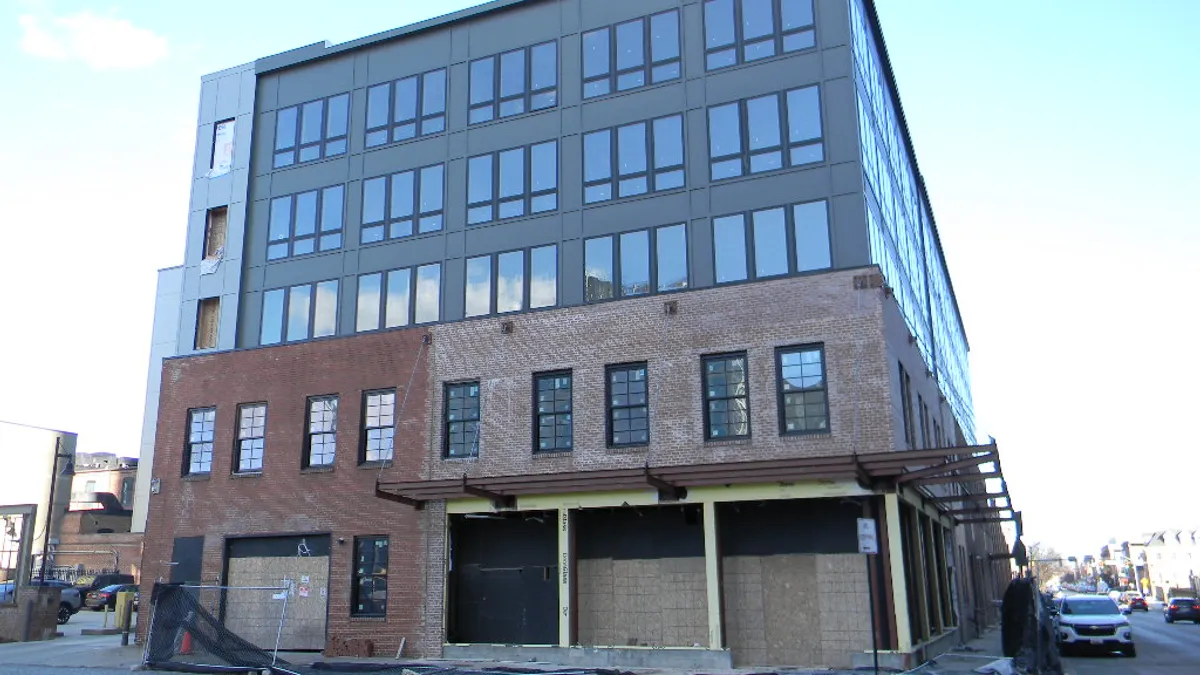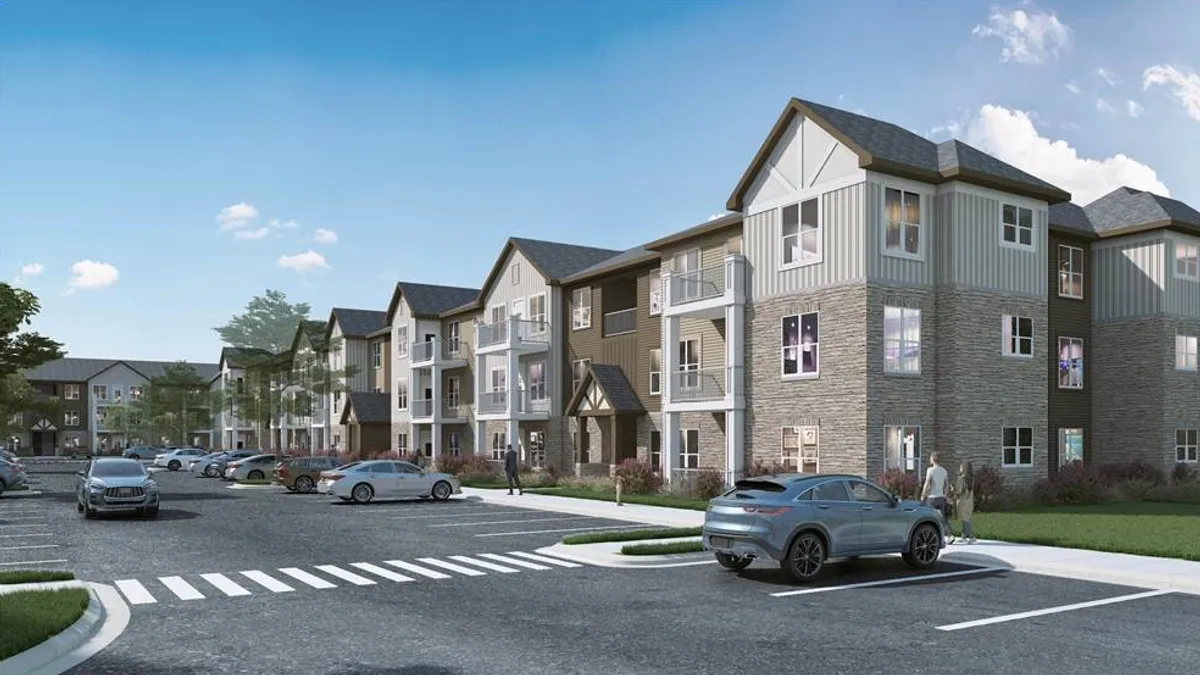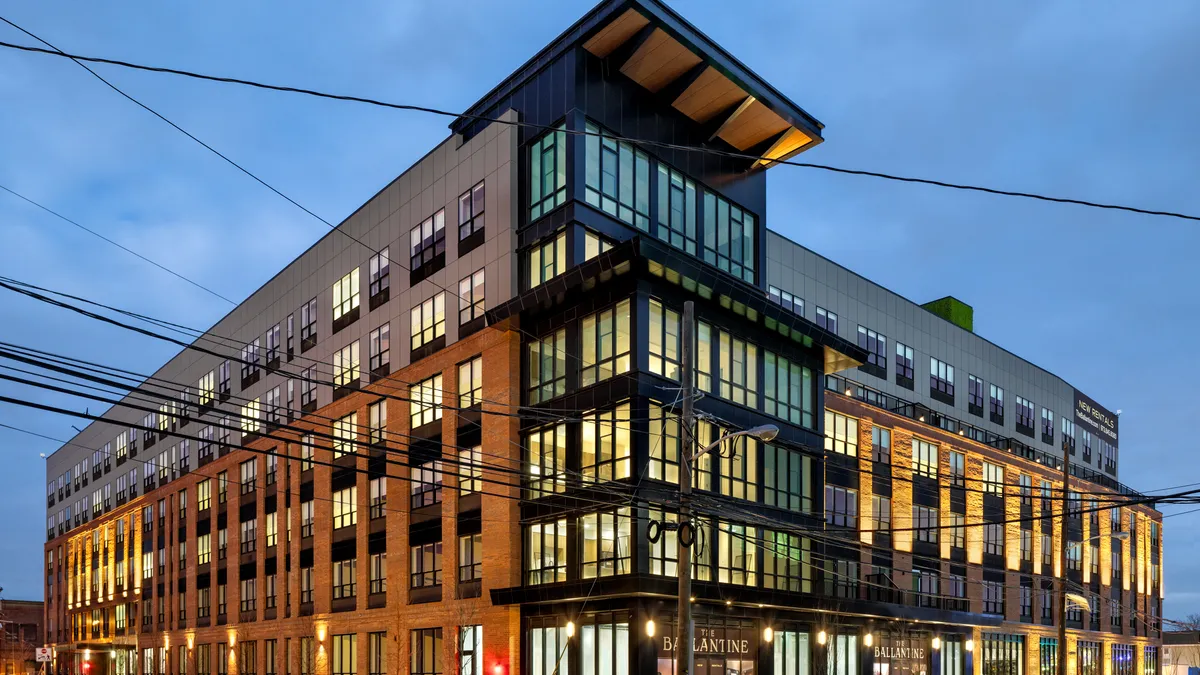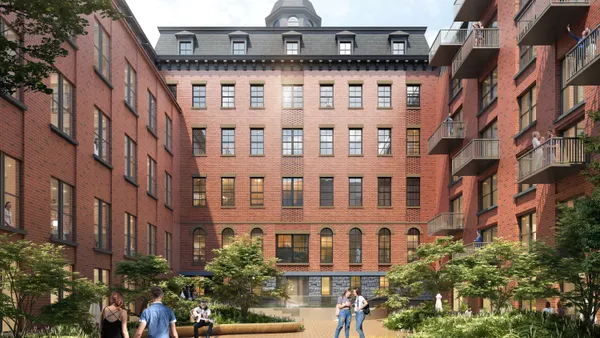Mark Vogel is a founder and COO of Austin, Texas-based renewables services company Bullet EV Charging Solutions.
Opinions are the author’s own.
As electric vehicle adoption has increased, there has been a corresponding heightened demand for EV charging stations. This need for EV chargers, combined with looming government requirements, is drastically changing the playing field for multifamily developers.
More tenants and buyers are now expecting EV charging stations as a standard amenity and, fortunately, there are substantial financial incentives from federal, state and city governments and utility providers to help offset the cost of installing the equipment. Yet many developers and owners may not even be aware those incentives exist.
The latest EV sales numbers and projected sales growth are extraordinary. By the end of the first quarter of this year market share for rechargeable cars stood at over 23%, compared to 17% just one year ago. Current projections indicate that by 2030, about 50% of all car sales in America will be electric vehicles.

Savvy developers nationwide are taking note of these trends and have already begun introducing EV charging as an added tenant benefit. But the landscape is changing fast, because EV chargers — already a highly sought-after convenience — will soon shift from being a nice perk to a code-mandated requirement.
By 2024, California will make it compulsory for all new multifamily developments to allot at least 50% of their tenant parking spots to either have EV chargers or be pre-wired for EV charging. Other states, including Illinois and Massachusetts, are instituting similar measures with varying requirements for both new and existing construction.
Within a few years, nearly all new multifamily developments will include EV chargers — because buyers and tenants will need them. And with millions of Americans living in multifamily properties, these structures will play a critical role in the country’s smooth transition to electric vehicles.
Now more than ever, multifamily developers need to stay ahead of consumer demand and mandates. Below are some guidelines and best practices to help keep apartment owners plugged in:
Built-in vs. retrofit. No matter where in the country you are, every new multifamily development should include EV chargers representing about 50% of parking spaces to meet future EV adoption. It’s important to note that the cost of retrofitting EV chargers is often double or more the cost of installing the infrastructure in advance.
The U.S. also has a limited supply of electricians and EV charger installers, so even if you don’t install the charging systems right away, work with your local utility and get pre-wired so you’re prepared for the future. Developers can also choose to install some stations and pre-wire for additional ports down the road.
Utility upgrades. For existing properties, retrofitting may be the only choice. Depending on the location of your property, the building code may actually require you to install EV chargers if you’re performing renovations.
Property owners can often expect to upgrade their utility service as part of the process, which could take up to a year due to red tape and sourcing infrastructure material. When it comes to logistics, working with open parking lots is often easier than enclosed garages and structures because there’s more concrete to work around, and electrical service is in one spot.
Code requirements. Builders and developers are very familiar with code requirements and know they vary city by city. But when it comes to EV infrastructure, the code requirements are continually changing. Partnering with the right EV charging installer is crucial for successful implementation.
Cost calculations. Pricing for EV chargers runs the gamut depending on existing infrastructure, type of charger, charging speeds and number of chargers. As an example, for a set of six Level 2 chargers, pricing could range from $10,000 to $50,000, and DC fast charging systems are exponentially more.
Incentives. Many builders are unaware of the incentive programs that exist. For example, thanks to the Inflation Reduction Act, the EV charger federal tax credit is back. Subject to certain criteria (always consult a tax professional), the installation of new EV chargers can benefit from a tax incentive of up to 30% of the total cost of equipment and installation. And if you can’t benefit from that tax credit directly, it may be assignable.
Many cities and states also offer their own set of benefits with Palo Alto, California, being one of the most generous examples. Palo Alto offers rebates for both residential and commercial EV charger equipment, and even pays for transformer upgrades, which can run up to $100,000 for multifamily properties. Austin, Texas, is another EV-friendly municipality — the city covers nearly all the costs for equipment and installation.
As an example of a utility-level promotion, SoCal Edison’s Charge Ready Program is an excellent option for existing customers. Multifamily developments built from 2017 to the present are considered eligible projects.
The program offers many perks, including no limit on the number of ports, no easement requirements and no separate metering requirements. SCE also offers a new construction rebate whereby developers can apply three years in advance.
Maintenance. EV charging stations require extensive maintenance and repair. Property owners need to make sure they have a reputable calibration, operations and maintenance firm in place, not only to routinely keep things in check, but also to address any acute issues that arise. If the chargers have card-readers installed and actively generate revenue, a property owner will want to ensure hiccup-free continuous operations.
Solar and battery storage. While some property owners will choose to impose a charging fee to help offset costs, others will offer it as an amenity to attract and retain tenants. Here’s a bright idea: If a multifamily building has solar panels and battery storage, the property owner could potentially be selling tenants the power they generated from their own solar system.
Demand for EV charging stations in multifamily properties will only increase as consumers continue to buy electric vehicles. Developers and property owners that don’t keep up with this critical trend will be left behind, while the plugged-in multifamily firms will win.


